
Justyna Smoleń, Das Meer
13.06.2014 until 23.07.2014
“Water is soft and supple, but also hard and inflexible.It flows or is still. It is silent and loud; it possesses every nature. Pure and clear, muddy and blind, wet and dry, salty and tasteless, heavy and light, boring and amusing. It has depth and surface, it is orientated towards a goal, flowing in all directions. It shines like a mirror and reflects our face, but also drowns every image and carries every memory away.”
Justyna Smolen
After the premiere concert of La Mer by Claude Debussy, a critic Pierre Lalo was to assert grudgingly that he had neither seen nor felt the sea. One ought to have waited for over eighty years to have this opinion conclusively reviewed by the composer’s biographer, Luc Knödler, writing that the composition is not an imitation of the sea. It is the sea.
Justyna Smoleń paints the sea itself (although it will be more appropriate to claim that she portrays water), and her crafted evocation of its character remains, one could say, suspended between those two judgments. On one hand, we indeed do not see the sea. We do not hear it. Perhaps we are not even able to feel that the canvas delicately, flat painted with temper, depict the ocean. What we can only see is an isolated fragment artificially limited by the restrictions of representation, the wrinkles of waves, the play of lights which discretely permeate the surface. We see an illustrative, though not an illusionistic (and how remote from trompe l’oeil), attempt to transfer the spectator to the depths of one of the most hostile spaces for a man.
Deprived of any human existence ( apart from the abstract presence of the sight), the marine paintings make us encounter the strange reality, existing on the verge of impossibility – our view is confronted by the inability of the authentic relocation. Although the space created by Smoleń is extremely suggestive and involving through the illusion of depth, at the same time it appears to be repulsive. It catches, almost reflects the eye which cannot reach further on the matt, grey surface of the canvas.
The eye becomes confused, loses the ground, suddenly we cannot be sure whether we actually keep looking at a picture of the sea or rather an abstract space, covered by rhythmical cuts, shimmering with delicate, sometimes almost unnoticeable colour intricacies. Justyna Smoleń leads us from an illusion to the aporia. From the faith that a painting opens an infinite space, to the state of uncertainty, where the real turns out to be the more and more gloomy vision, wherein the reflections on the water yield to the nocturnal atmosphere with the less and less visible tone borderlines and the nearly fading contrasts, giving in to the thick grayness which muffles the harmonic sounding.
The spectacular painting, full of sophistication begins to use more and more modest, though the more distinctive means. The planes of the canvas seize to be mere reflections of some realities. They become abstract spaces, composed as musical pieces out of refined, formal constituting elements. It is there we reach Knödler’s approach. Smoleń’s paintings are the sea as it were, not its representation. Their composition, despite being of fragmentary nature, opens us up to the infinity, to the endless possibilities of multiplications.
The artist admits the fascination with of occurrence of regular spectrograms, which can be endlessly reproduced, reconstructing the wave structure of the sound. The sea of Justyna Smoleń billows by this unheard sound, dispersing in the imagination of the subject confronted with her painting. It is actually the subject-receiver who becomes the most important factor in the process by creating the picture, having to immerse in its reality.
The sea of the author is a combination of many plausible seas, numerous fragments but never the very particular view of a single occurrence. In the sense, the works of the painter can refer to the photographic sea landscapes by Hiroshi Sugimoto who shows in minimalistic, understated and at the same time extremely sophisticated compositions the innocent, pre- linguistic world, beforehand the appearance of a society, the isolated space of the primal beauty. This is an attempt of an encounter with an occurrence exceeding the limits of perception, according to Kant – the sublime.
Michał Zawada
-
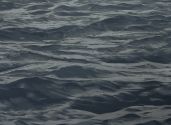
"Water II" 2013 (SOLD)
-
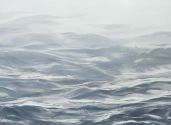
"Water III" 2013
-

"Water I" 2013
-
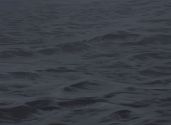
"Black Water" 2012
-
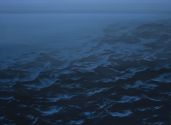
"Dark Water" 2013 (SOLD)
-
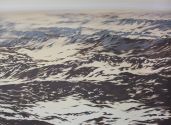
Untitled 2014 (SOLD)
-
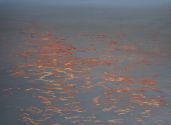
"Lava" 2013
-
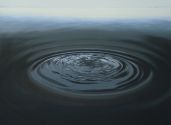
"Circles" 2013
-
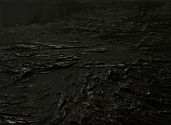
Untitled 2014
-
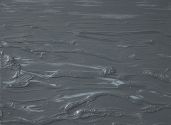
Untitled III 2014
-

10
-

MG 7423
-

MG 7436
-
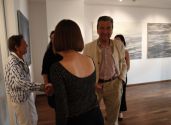
MG 7419
-

MG 7412
-
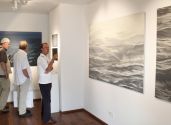
MG 7446
-

MG 7455
-

MG 7431
-

MG 7452
-

MG 7453
-

MG 7418
-
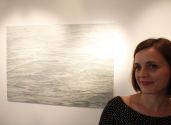
MG 7454
-
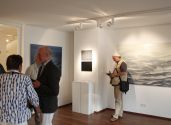
MG 7458
-
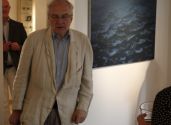
MG 7456
-

MG 7466
-

MG 7484
-
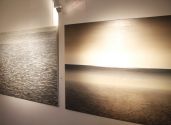
MG 7489
-
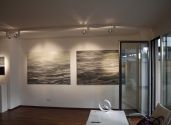
MG 7483
-
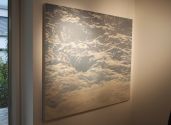
MG 7493
-

MG 7494
-

1
-
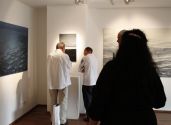
MG 7440
-
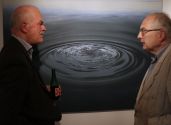
MG 7490
-

MG 7444
-

15
-

14
-
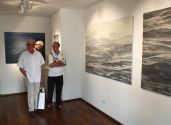
MG 7447
-

6
-

12
-

3